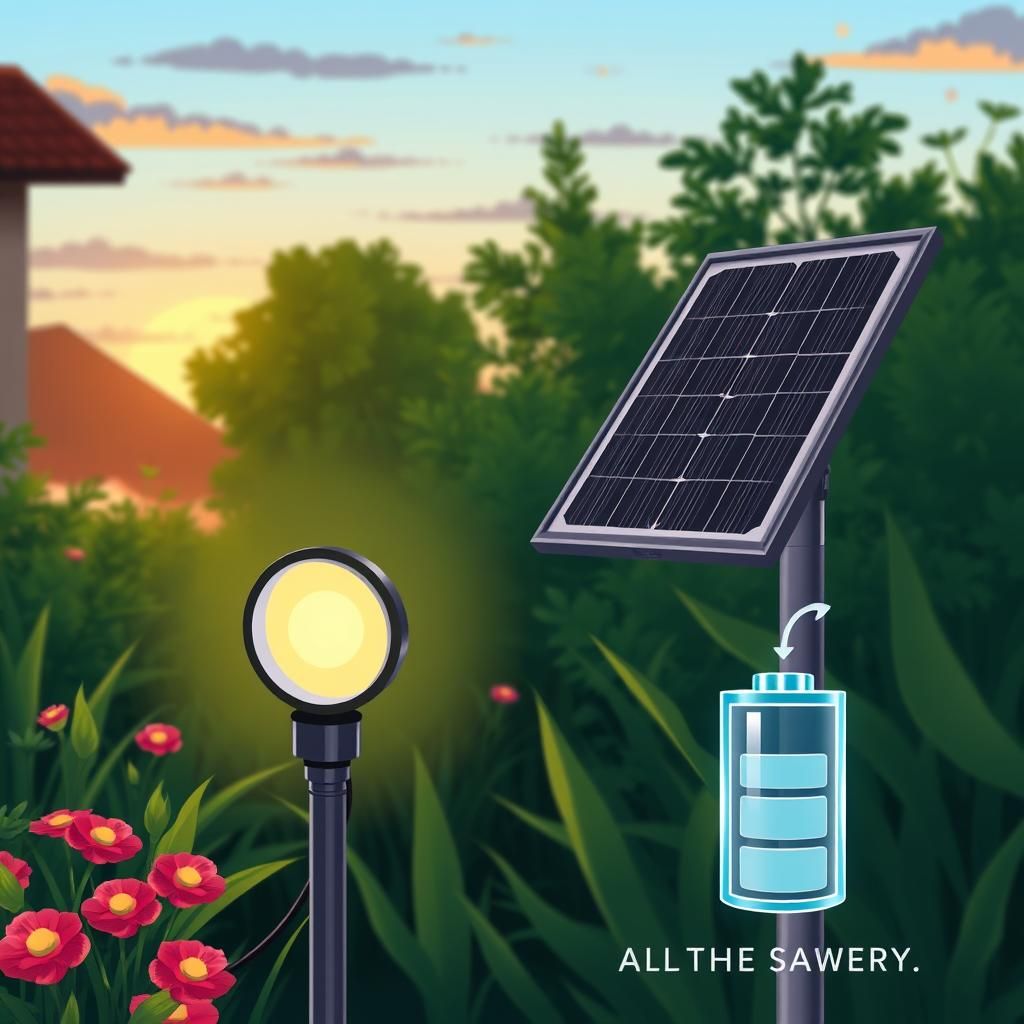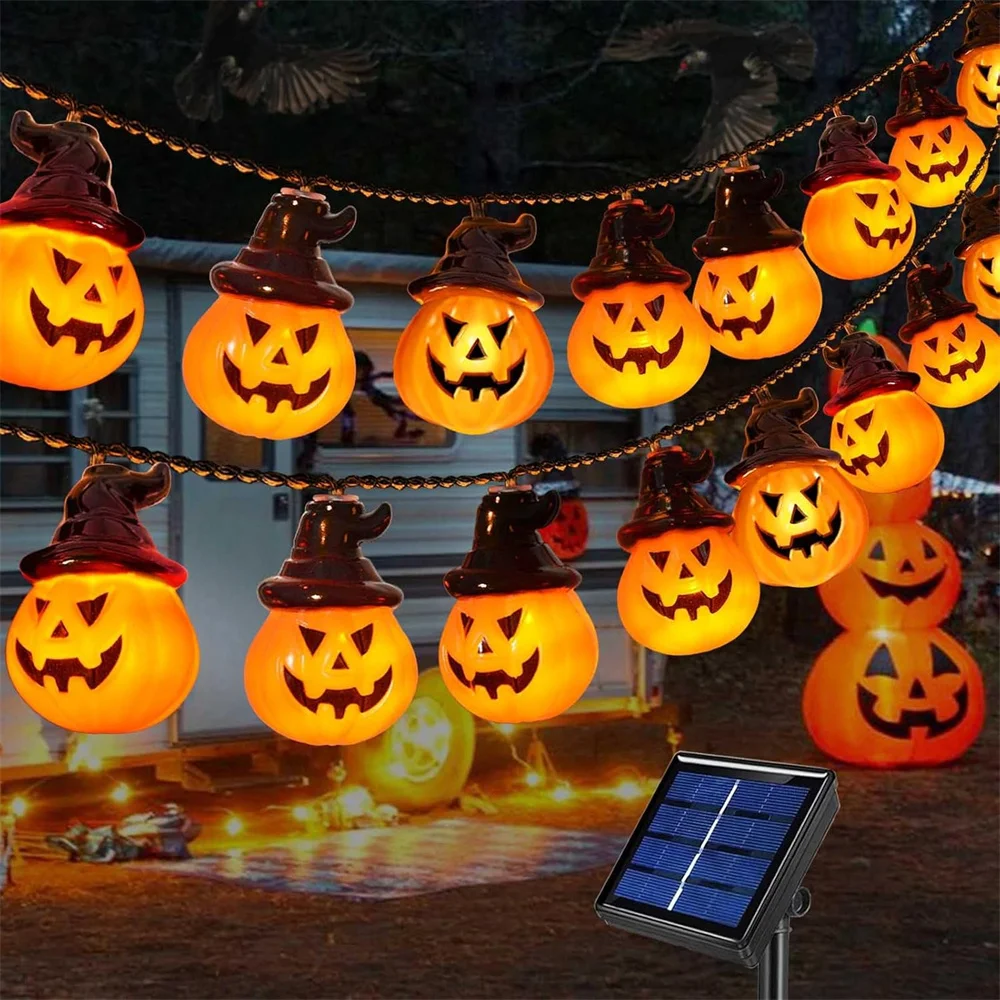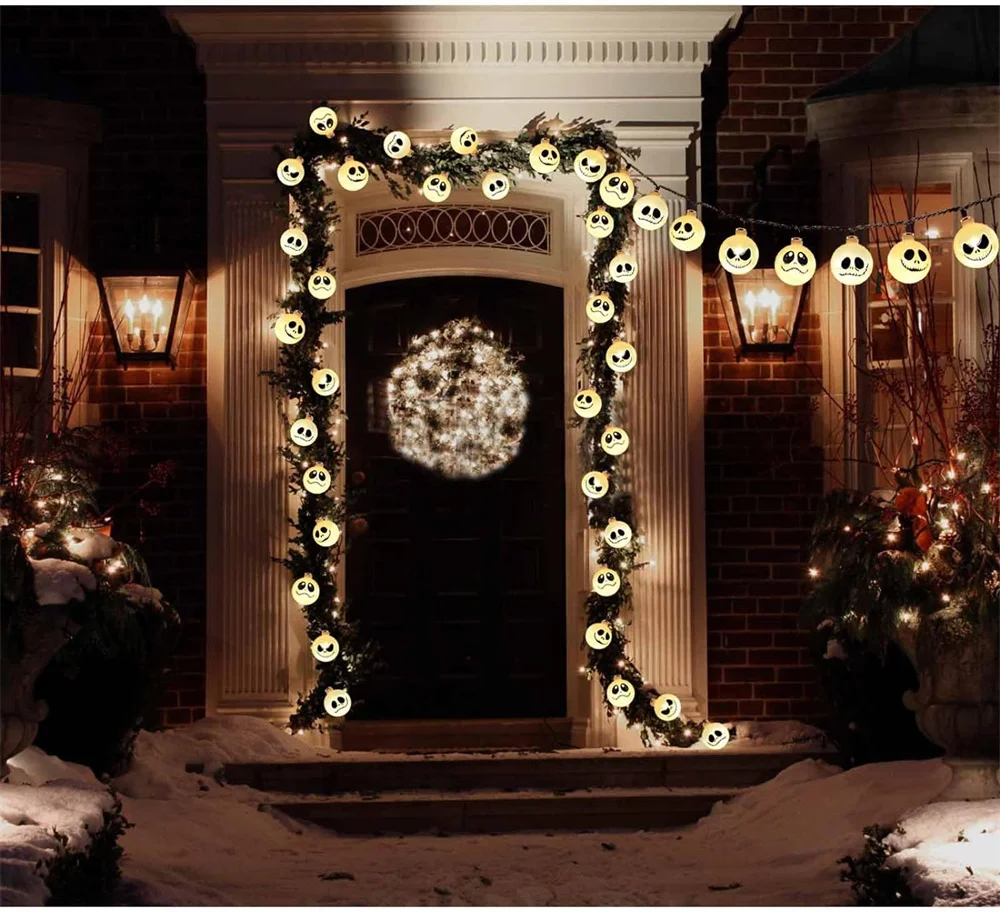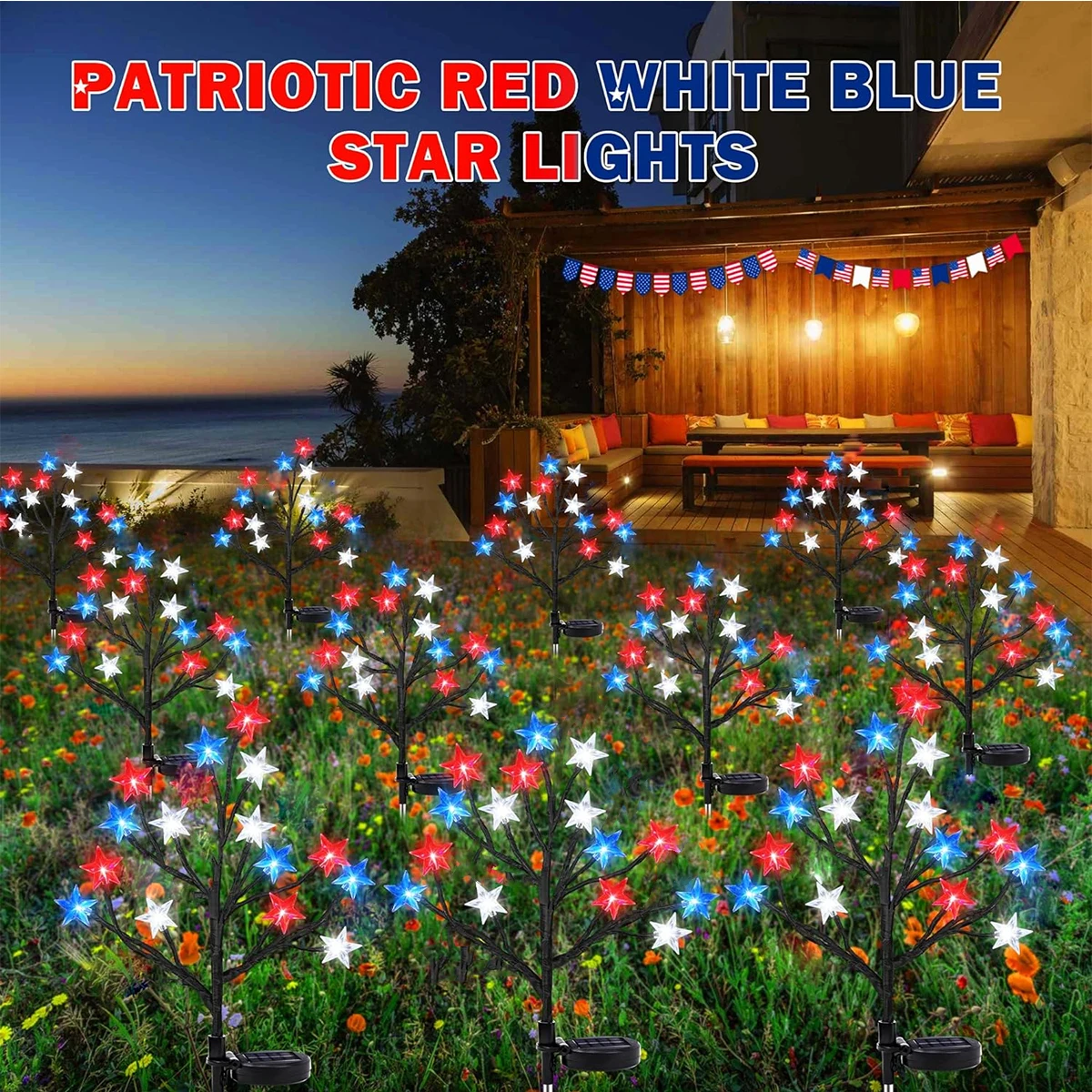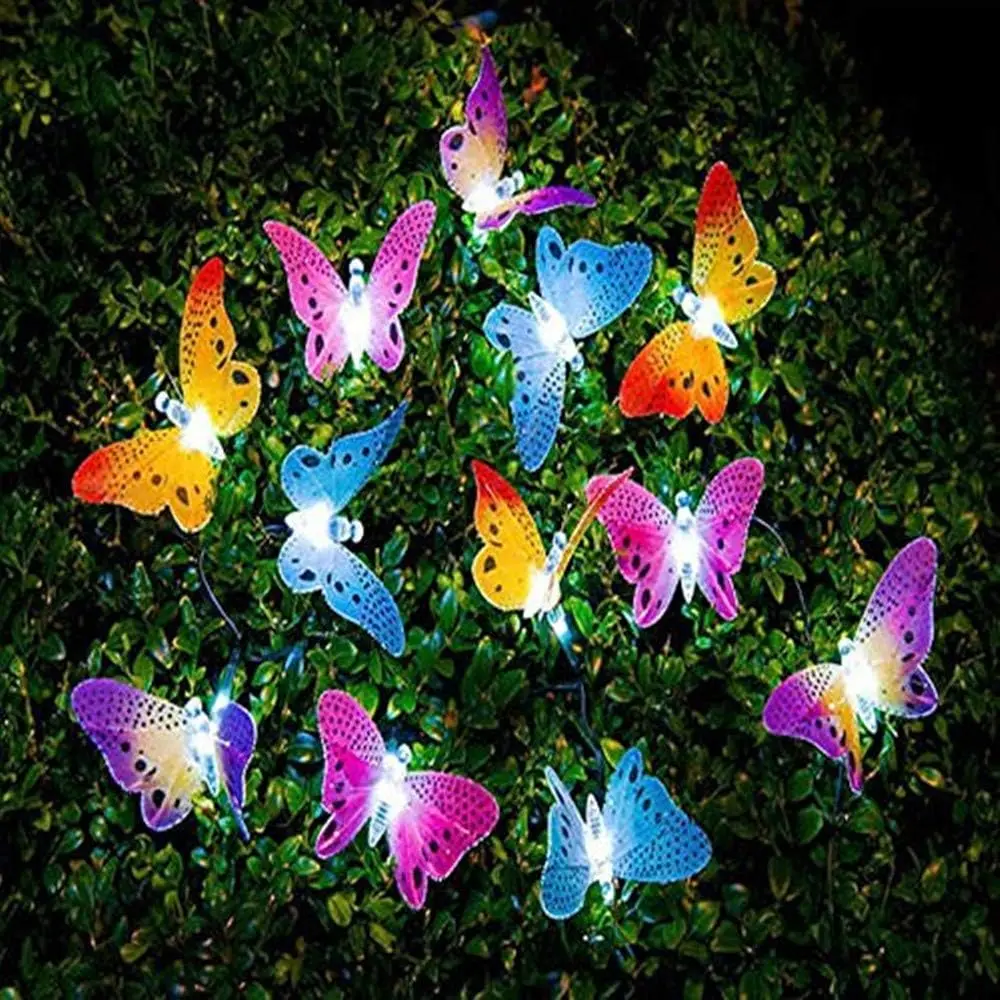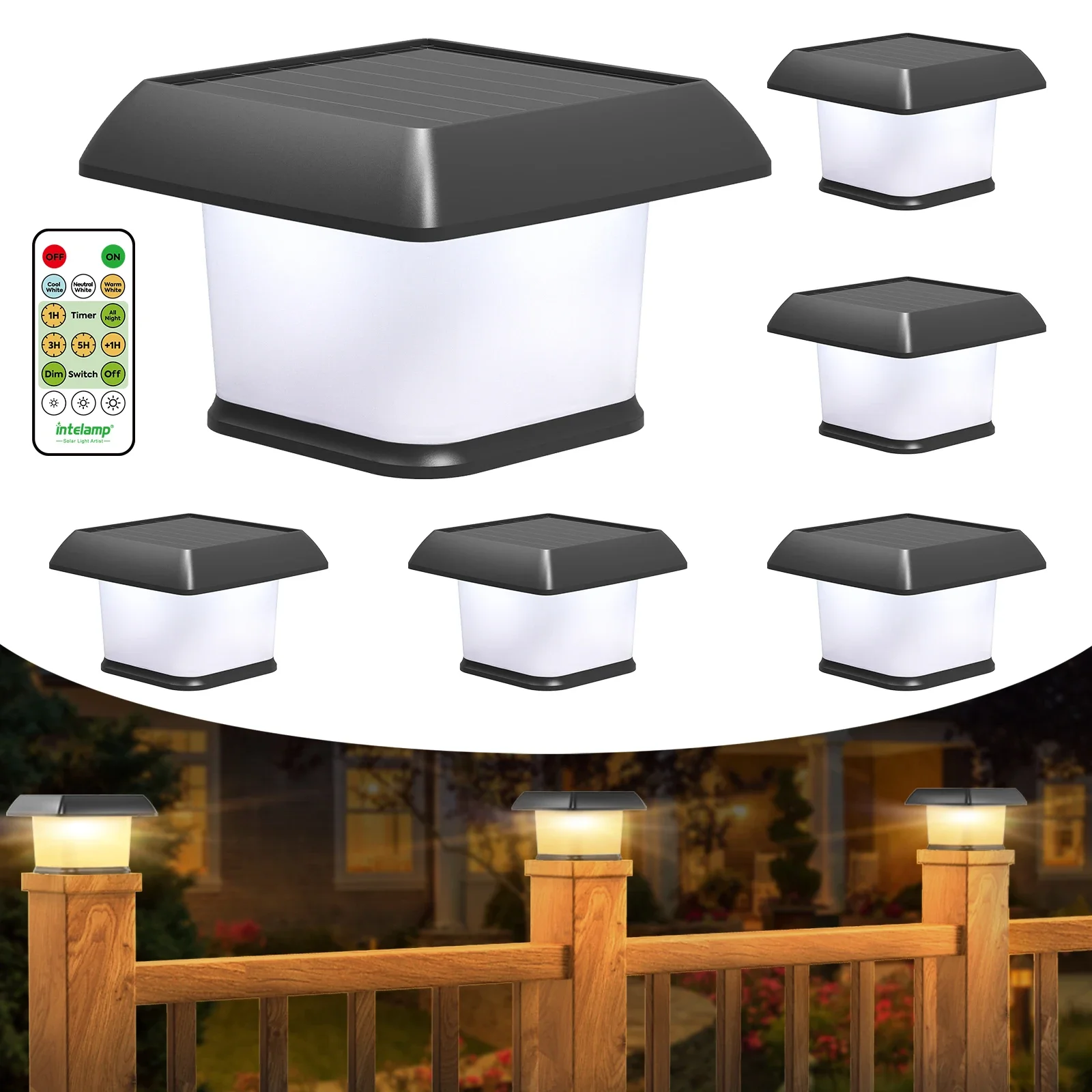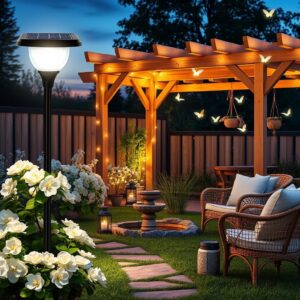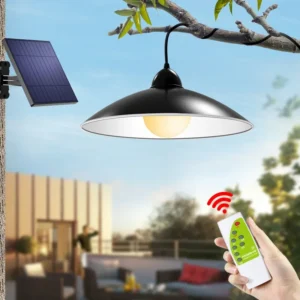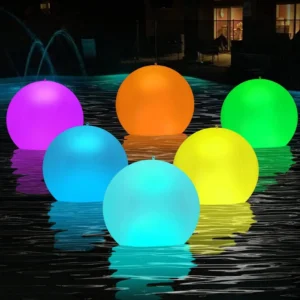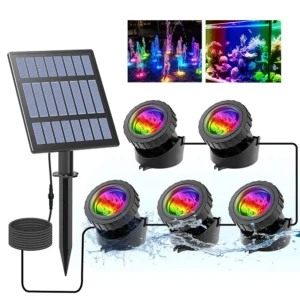Solar Road Stud Lights – Solar-Powered Pathway Illumination
Imagine stepping into your backyard as dusk melts into night, and soft pinpoints of light begin to twinkle along the path, around flower beds, or hanging like tiny moons from trees. That’s the magic of solar lights—little guardians of glow that don’t ask for much besides sunlight. But as you dream about illuminating your outdoor haven, a simple question might flicker to mind: do solar lights need batteries? The answer is a bit more layered than you might expect.
Solar lights have quietly grown in popularity, becoming a favorite among homeowners who want hassle-free, eco-friendly charm after the sun dips below the horizon. At their heart, these lights are clever combinations of solar panels, rechargeable batteries, and LEDs. During the day, their solar panels sip sunlight, turning it into energy. This energy finds a resting place in rechargeable batteries that store power for when night falls, allowing your garden to glow long after the sun has gone to bed.
Understanding this cycle matters. Without a battery, solar lights would only shine when the sun is out—a bit like trying to read a book under shadows, not very practical when twilight is where the magic happens. Batteries act as silent custodians, holding energy tight until it’s needed, ensuring your garden path remains safely lit on cloudy days or after dusk wraps the world in darkness.
Of course, technology keeps pushing boundaries, and some solar lights try to work without batteries at all. These models power their tiny bulbs directly from sunlight, meaning their glow fades as clouds roll in or the sun slips away. It’s a neat trick but limits their use mostly to daytime settings like patios or decks basking in long, bright hours.
So, whether you’re plotting fairy courts along your flowerbeds or lighting up a simple walkway, knowing that most solar lights lean on rechargeable batteries helps you choose wisely. It’s the quiet blend of sun and stored energy that transforms your garden into a softly glowing refuge, all powered by a renewable dance between light and night.
Solar Pumpkin Lights for Outdoor Halloween Decorations
2. Do Solar Lights Need Batteries?
When it comes to solar lights, the quick answer is yes—most solar lights do need batteries. But not the kind that you regularly swap out like in your remote control. Instead, these are rechargeable batteries tucked inside the light’s casing, quietly storing the sun’s energy during the day to power those warm glows after dusk. Think of them as tiny, silent night owls, holding on to daylight’s magic to keep your garden charming well into the night.
2.1 The Role of Batteries in Solar Lights
Here’s the nuts and bolts: solar panels perched atop the light convert sunlight into electricity. But since the sun clock ticks from sunrise to sunset, batteries step in to store all that collected energy. Once darkness settles, these rechargeable batteries feed power to LED bulbs, casting soft, inviting glimmers throughout your garden. This storage makes sure your solar lights don’t fizzle out the minute the sun dips—rather, they stay faithful companions until you tell them to rest.
Interestingly, this system isn’t just a trend; it’s the industry standard. Even in 2025, the vast majority of solar lights rely on rechargeable batteries to keep the nighttime glow steady and reliable (source: enkonnsolar.com). Without these batteries, solar lights simply can’t deliver that steady, enchanting light after sunset.
2.2 Battery-Free Solar Lights: Is It Possible?
Now, you might wonder if solar lights could work without batteries at all. Theoretically, yes. There are battery-free solar lights that channel sunlight directly to LEDs during sunny hours. No battery, no storage—just pure, instantaneous sunshine turned into light. This means these lights shine only when the sun shines, flickering on and off with daylight, perfect for outdoor areas needing real-time illumination rather than evening ambiance.
However, this convenience comes with limits. Battery-free models can’t keep the magic going after dark or during cloudy spells. Experts warn these models aren’t the most reliable if you want consistent nighttime lighting (source: solarpowercee.com). So, if you picture evenings filled with softly glowing paths or lantern-lit patios, a battery-free solar light probably won’t cut it.
In the end, rechargeable batteries remain the backbone of solar lighting’s charm. They quietly store sunlight’s gift, ensuring your garden doesn’t lose its sparkle when twilight falls. So yes, batteries are still very much part of the solar light story—making your yard feel a little more magical each night.
96 LED Solar Willow Vine Light for Outdoor Decor
3. Pros and Cons of Using Batteries in Solar Lights
When it comes to solar lights, batteries often hold the key to their magic, storing sunshine so your garden can glow long after dusk. But like any tech, batteries come with perks and quirks—knowing both helps you choose wisely.
3.1 Benefits of Rechargeable Batteries
Rechargeable batteries are the unsung heroes inside most solar lights. They quietly absorb the sun’s power during the day, tucking it safely away to fuel a gentle, reliable glow once darkness falls. This capability means your garden won’t simply flicker as the sun dips; instead, it stays beautifully illuminated through the evening and on cloudy days when sunshine plays hide-and-seek. Imagine a warm lantern beckoning friends down a softly lit path, no matter how overcast the afternoon was. Thanks to these batteries, solar lights deliver that steady magic night after night.
Beyond simply holding energy, rechargeable batteries promise consistency. Whether it’s an impromptu garden party or a quiet solo stroll, they ensure your outdoor space remains inviting, a small but powerful source of comfort and security. In fact, this stored sunlight makes solar lights much more dependable than those rare battery-free models that work only when the sun shines directly on them.
3.2 Drawbacks and Maintenance Requirements
But not all that glitters is indefinitely bright. Rechargeable batteries do have a lifespan—roughly two to three years of daily charge-and-discharge cycles. Over time, they lose their power-holding mojo, meaning your garden’s nightly glow might start to dim or fade altogether without a timely battery swap.
Replacing these batteries is a simple fix but one that requires a little attention. Skip it too long, and your solar lights turn from enchanting to disappointing, especially on nights without fresh sun to power them directly.
There’s also an environmental flip side. These batteries often contain metals like lithium or lead, which, when tossed into the trash, can leak harmful substances into soil and water. Responsible disposal or recycling is crucial, turning what could be an ecological headache into a manageable step toward greener living.
In short, rechargeable batteries enable solar lights to enchant your evenings, but they ask for a bit of upkeep and care. Treat them well, and your garden’s solar sparkle will keep shining season after season.
Solar String Lights – Nightmare Before Christmas Halloween Decor
4. Maintenance and Performance of Solar Lights
Solar lights bring quiet magic to your yard, glowing through dusk and night, but like any good companion, they need a little care to keep shining bright. Understanding how to maintain your solar lights can make all the difference between a flickering friend and a garden that truly sparkles.
4.1 Battery Replacement Tips
Most solar lights rely on rechargeable batteries to store the sun’s energy for nighttime use. Over time—usually every two or three years—these batteries lose their ability to hold a full charge. When your solar lights start dimming earlier than usual or no longer last through the night, it’s a strong signal that the batteries need swapping. To keep things simple, opt for rechargeable replacement batteries that match your light’s specifications. Removing the old battery and sliding in the fresh one is often a quick, tool-free job. Pro tip: recharge new batteries fully before installation to give your lights an energetic boost right from the start.
4.2 Maintaining Solar Panel Efficiency
Just as a window gathers less sunlight when dusty, solar panels become less efficient when covered with dirt, leaves, or grime. A gentle wipe with a damp cloth every few weeks can work wonders to keep your panels soaking up maximum sunlight. Avoid harsh chemicals or abrasive sponges; a soft touch preserves the panel’s surface and boosts performance. When your solar panels are happy and clean, they feed more power to the batteries, meaning your garden glows stronger and longer each evening.
4.3 Performance on Cloudy Days
Worried about gloomy weather snuffing out your solar lights? Fear not. Solar lights still gather energy even on cloudy or rainy days, absorbing diffused sunlight through their panels. Though they might not reach the peak charge they achieve on sunny days, these lights usually hold enough power to glow quietly throughout the night. So, those misty evenings won’t leave your yard in darkness. This resilience debunks the myth that solar lights only work when the sun is blazing—nature’s softer moods still feed your garden’s gentle glow.
In short, keeping your batteries fresh, panels spotless, and expectations grounded on seasonal weather will keep your solar lights performing with reliability. A little care goes a long way in turning your outdoor space into the cozy, sun-powered haven you dream of.
15LED Red White Blue Star Solar Outdoor Lights for 4th Of July
5. Environmental Impact and Considerations
When it comes to solar lighting, the environmental story is a mix of bright possibilities and a few shadows worth knowing. Solar lights shine because they tap into the clean, renewable power of the sun—a gift that’s both endless and gentle on the planet. By swapping out traditional electric bulbs for solar-powered ones, we reduce our reliance on fossil fuels and shrink our carbon footprints. Imagine your garden glowing softly at night, fueled purely by sunlight captured during the day—a simple yet elegant way to align beauty with sustainability.
That said, it’s not all flawless eco-magic. Most solar lights rely on rechargeable batteries to store energy once the sun has dipped below the horizon. These batteries—often containing materials like lithium, nickel, or lead—come with their own environmental baggage. If not handled properly, discarded batteries can leak toxic chemicals, polluting soil and waterways. This is why responsible recycling matters so much. It’s not just about swapping out old batteries; it’s about ensuring they don’t become silent threats to our ecosystems. Communities and homeowners alike must stay mindful about where the batteries end up.
Given this balance, choosing the right solar light starts with understanding what you want from your setup and how eco-conscious you aim to be. Battery-free models eliminate the recycling concern but come with limitations, such as only working during sunlight hours and providing no glow after dark. Rechargeable battery models, while more versatile, require thoughtfulness around battery life and disposal. For those wanting that magical, steady nighttime glow, the rechargeable option shines as the practical choice, especially if paired with proper care and recycling habits.
In the end, solar lights are a step toward greener living—but like any tool, their environmental impact depends on how thoughtfully they’re chosen and maintained. By weighing the benefits of solar power against the responsibilities tied to battery use, homeowners can craft garden spaces that bloom with enchantment and respect for our planet. It’s eco-friendly lighting, without compromise—where twinkling garden paths meet mindful stewardship of the earth.
Solar Butterfly Fairy String Lights 11.9FT – Waterproof & LED
Conclusion
So, do solar lights need batteries? The straightforward answer is yes—most solar lights still rely on rechargeable batteries to store the sun’s energy and cast their gentle glow after dark. These tiny powerhouses quietly tuck away sunlight during the day, then release it as welcoming light when twilight falls, keeping your garden paths safe and your outdoor spaces magical well into the night.
That said, there are battery-free solar light designs that run their LEDs directly from sunlight. While that sounds neat, they’re really only good for daytime glimmers and can’t offer the cozy evening illumination many homeowners seek. Think of those as fleeting sparks, not steady lanterns.
Batteries bring both magic and maintenance. They let your lights shine even under cloudy skies and long after sunset, but they do require a little TLC—periodic replacement, monitoring for wear, and proper recycling to keep their environmental footprint in check. Treat them well, and your solar lights will reward you with reliable, eco-friendly radiance for years.
To get the most out of your solar lighting, remember to keep panels clean and batteries fresh. A bit of upkeep turns shadows into shimmering spots of warmth and charm, enhancing your outdoor sanctuary sustainably and effortlessly.
Embrace solar lighting armed with knowledge and a practical spirit. Whether it’s lining your walkway with steady stakes or hanging delicate lanterns that glow on starlit nights, knowing how your solar lights work lets you choose the right style, maintain their brilliance, and respect the planet they celebrate. Here’s to transforming gardens into glowing havens powered by the sun—simple, smart, and stunning.
intelamp Outdoor Solar Post Light with Remote Control
References and Further Reading
Curious to dig deeper into the world of solar lighting? Whether you’re weighing the pros and cons of batteries, wondering how cloudy days affect those soft glows in your garden, or exploring battery-free options, these carefully chosen resources offer clear, straightforward insights.
Do Solar Lights Need Batteries? (Enkonn Solar)
This one’s a solid starter. Enkonn Solar breaks down the basics, focusing on why most solar lights still rely on rechargeable batteries to keep your nights bright. It’s practical info without the fluff, exactly what you need to understand how solar lights store energy.
https://enkonnsolar.com/do-solar-lights-need-batteries/Can Solar Lights Work Without Batteries? (Remodel or Move)
Ever wondered if you can skip batteries altogether? Remodel or Move explains how battery-free solar lights power LEDs only when the sun shines and why that limits their use. A straightforward look at what’s realistic and what’s wishful thinking with those models.
https://www.remodelormove.com/can-solar-lights-work-without-batteries/Do Solar Lights Charge on Cloudy Days? (Enkonn Solar)
Think solar lights shut down when the clouds roll in? Think again. This piece reveals how diffused light still fuels your setup, even if not to full power. Great for busting myths and setting expectations for those less-sunny days.
https://enkonnsolar.com/do-solar-lights-charge-on-cloudy-days/Pros and Cons of Solar Landscape Lights (LawnStarter)
Every silver lining has its cloud. LawnStarter lays out the good and the not-so-good of solar lighting, especially regarding batteries—how they make nighttime glow possible, but also need replacing eventually. It’s a balanced read to help you decide what’s worth it.
https://www.lawnstarter.com/blog/home-improvement/pros-and-cons-of-solar-landscape-lights/How to Fix Solar Lights: A Step-by-Step Guide (Linkind)
Lights dim or flickering? Linkind’s guide walks you through the basics of troubleshooting—cleaning panels, swapping batteries, and other handy tips to keep your solar lights shining bright. Practical and no-nonsense.
https://www.linkind.com/blog/post/how-to-fix-solar-lights-a-step-by-step-guideSolar Light Myths Debunked (Hardoll Enterprises)
Separating fact from fiction, this resource clears up common misunderstandings about solar lights—like whether they really die during bad weather. A myth-busting must-read before you make assumptions about your garden glow.
https://www.hardollenterprises.com/blogs/blog/solar-light-myths-debunked-what-you-need-to-knowSolar Light Without Battery: Is It Possible? (Solar Power CEE)
Expert opinion that dives into the realities and challenges of battery-free solar lighting. Perfect if you want a deeper technical view on what works and what falls short when batteries are out of the picture.
https://www.solarpowercee.com/solar-light-without-battery-is-it-possible/How Do Solar Lights Work? (Treehugger)
A more environmentally minded look at solar lights, focusing on their sustainable edge and the role of batteries and solar panels. Worth a read if you want to see how your garden glow fits into a bigger green picture.
https://www.treehugger.com/how-do-solar-lights-work-5205665
Each of these links will guide you through different facets of the solar lighting story—energy storage, maintenance, environmental impact, and more—to help you make smart, practical choices for your outdoor oasis. Ready to light up your nights, sustainably and simply? These guides have you covered.

